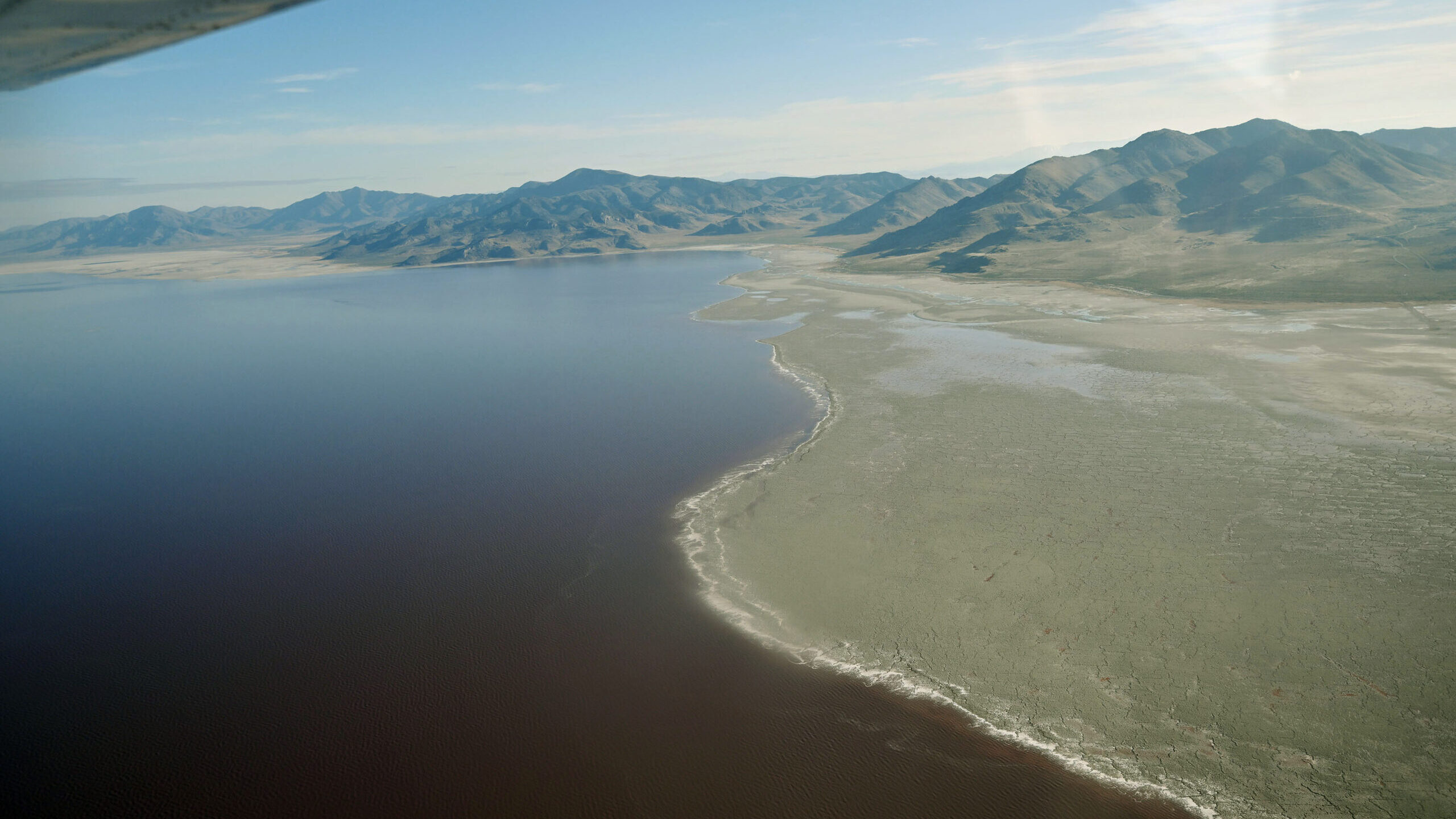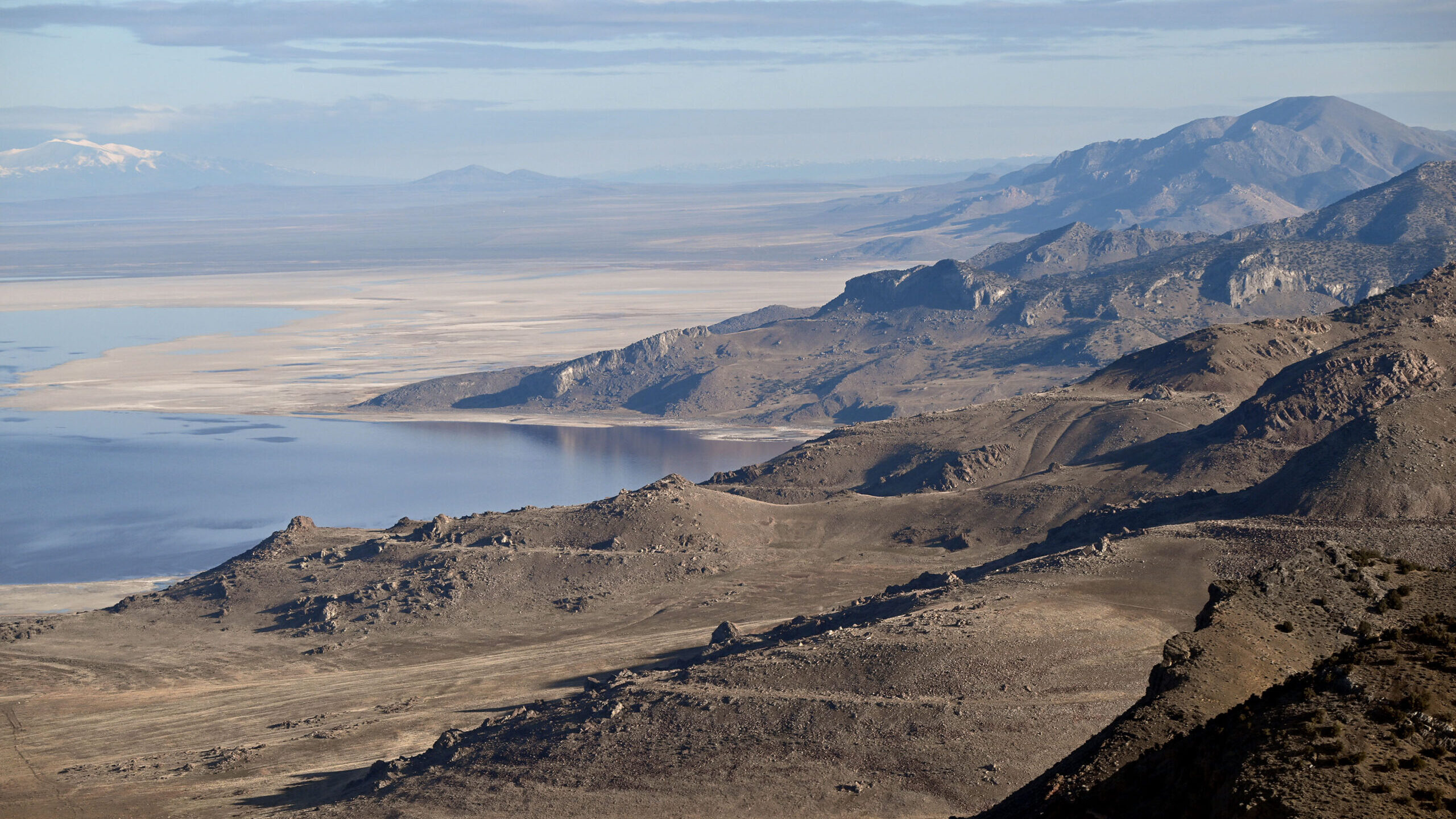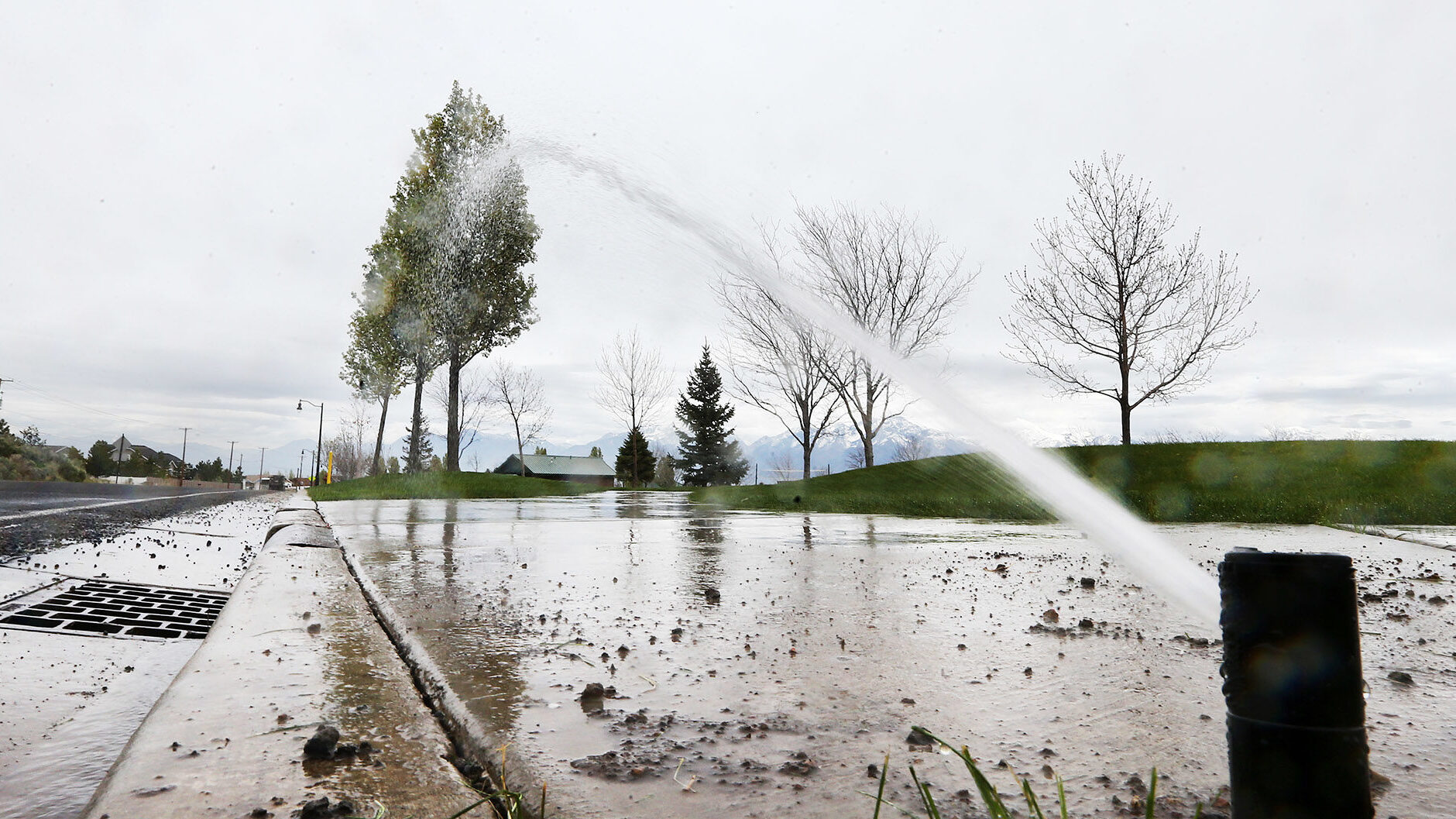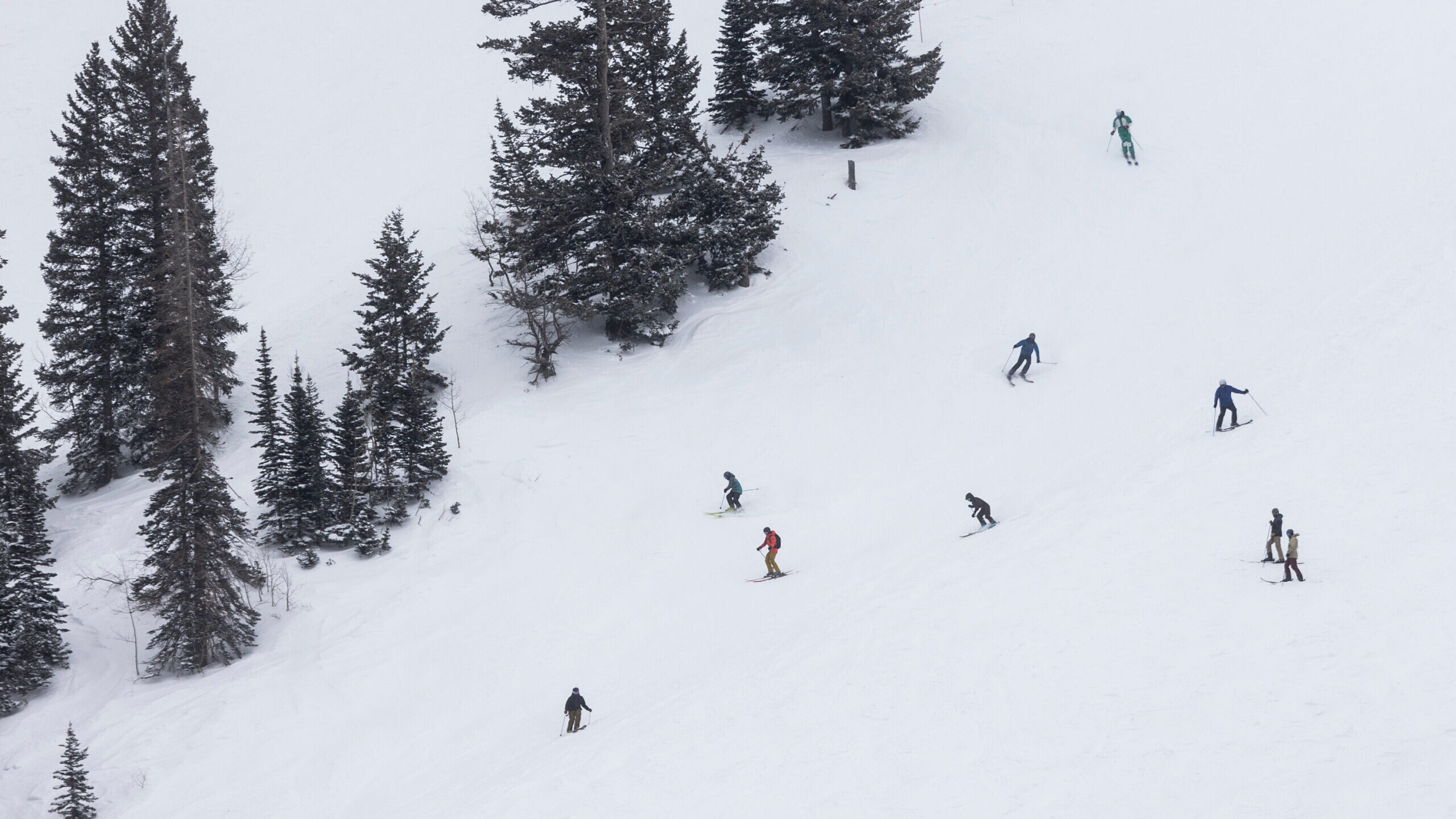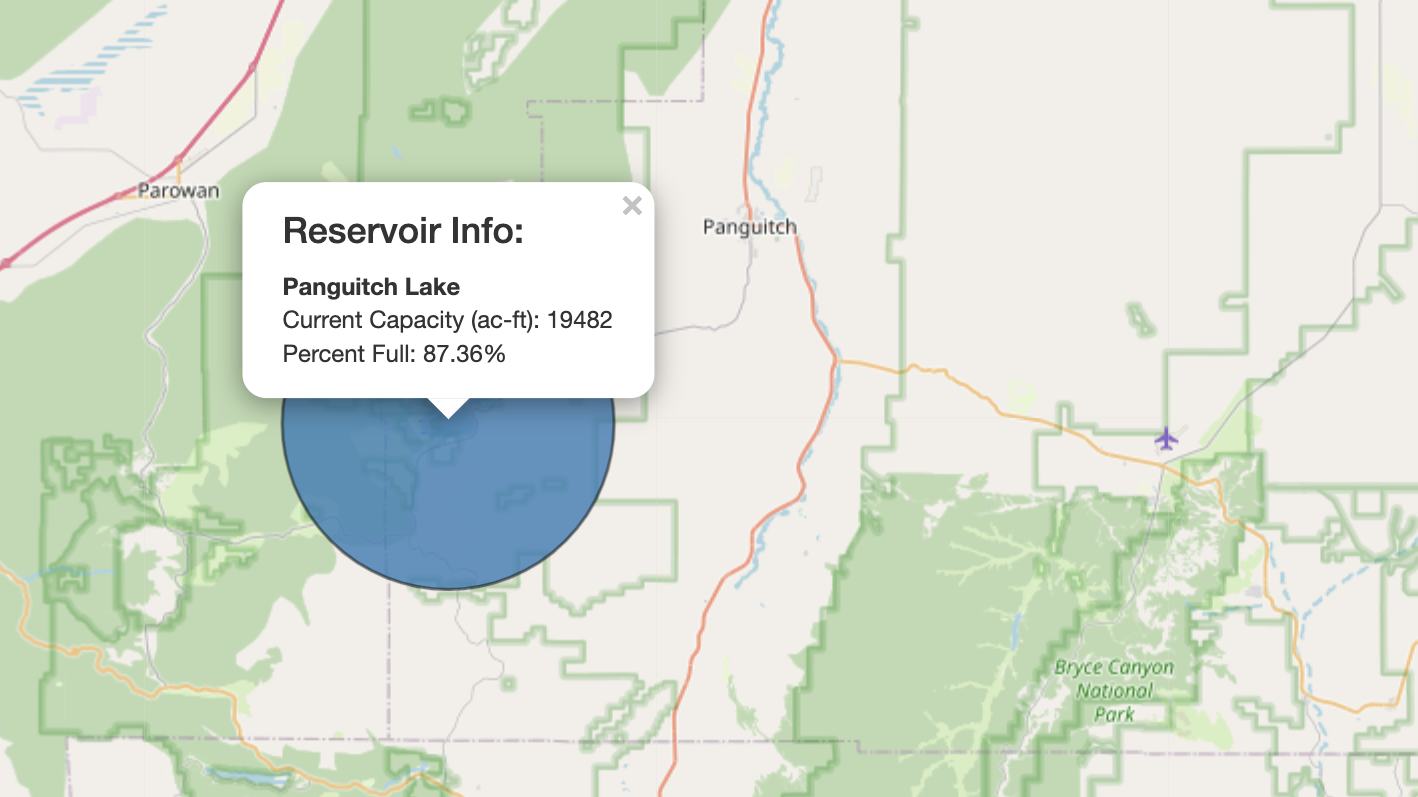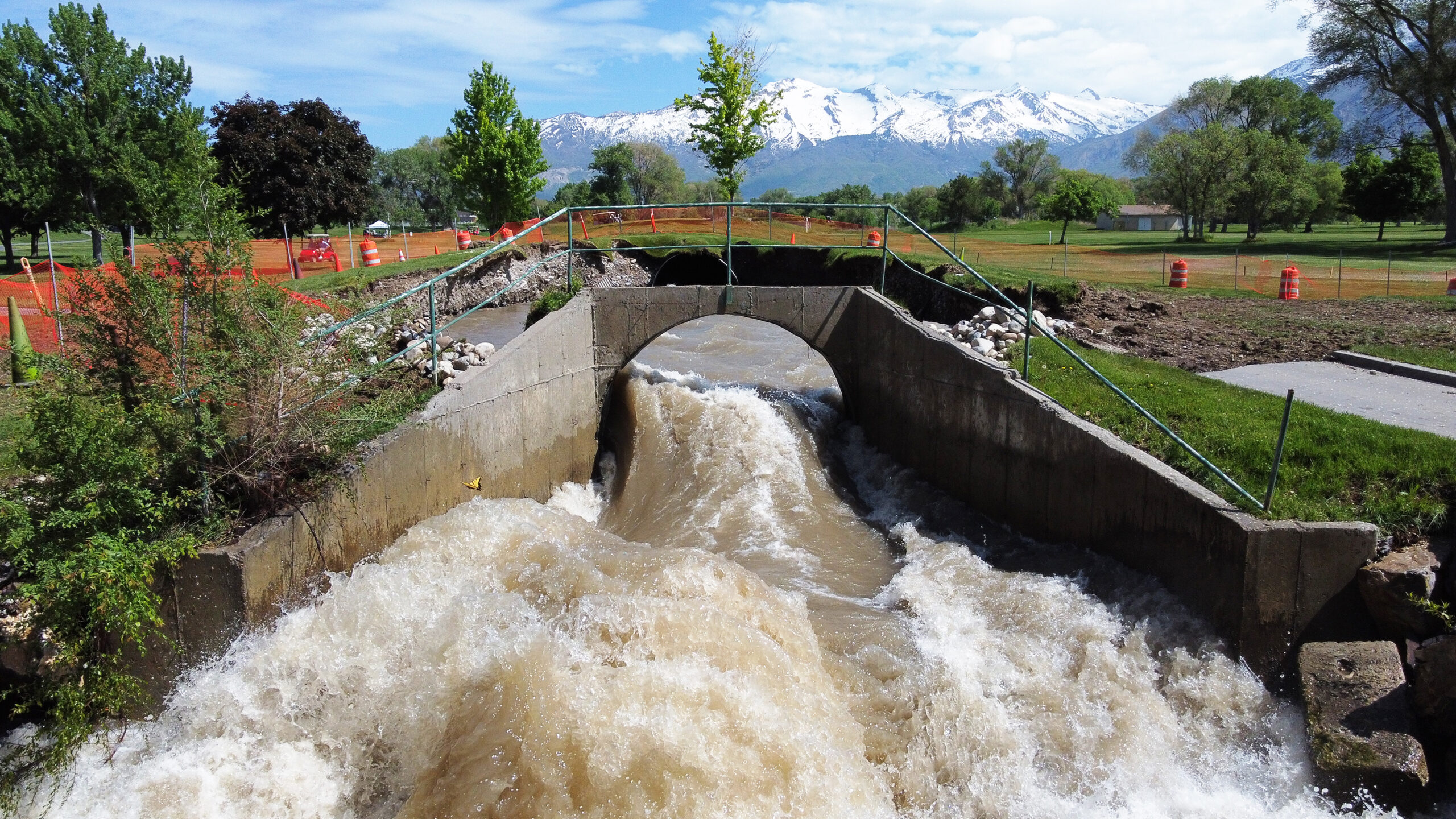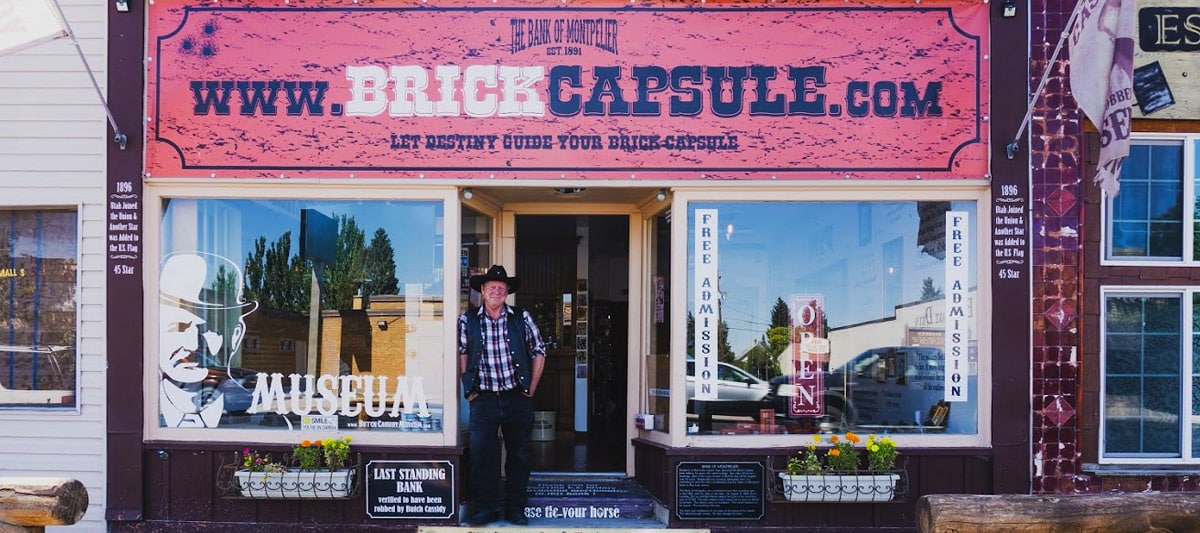Many of those shareholders still flood irrigate. They worry if their neighbor leases water to the Great Salt Lake, it means groundwater and streams won’t recharge, and as a result, there will be less water for everyone else.
“The way it works here is the water is used several times from these higher valleys … [and] on the way down it’s used several times,” said Mark Wilson, a North Field shareholder.
Water that’s not absorbed by plants seeps back into the aquifer or flows back to surface water, making its way into the water sources downstream irrigators draw from.
“On paper, it’ll work,” Wilson said. “But as far as wet water goes, they’re going to open up a real problem here.”
A maze of hundreds of canal companies
There are more than 1,100 irrigation and canal companies of varying sizes across Utah, according to the Division of Water Rights. More than 700 of those companies operate in the Great Salt Lake basin.
Most of them formed a long time ago, some before Utah became a state. Pioneers looking to farm in arid Utah had to pool their resources to dig canals and build small reservoirs in order to make the desert bloom.
“That legacy is with us today with all these canal companies we have,” said Jared Manning, deputy state engineer with the Division of Water Rights.
But things became complicated as communities along the Wasatch Front grew. As developers bought up farmland to convert to strip malls and subdivisions, the canal companies sold the freed-up shares to others.
“Usually who they sell it to are cities,” Manning said, “because cities are growing and need water.”
Over time, many of the irrigation companies in the Great Salt Lake basin have become defunct. Or they’re almost exclusively providing water to irrigate lawns.
Farms devoured by development
As they watch all the prime farmland get gobbled up by suburbs, many of the remaining farmers say they feel mounting pressure. They bristle when they hear urban dwellers blame them for all of Utah’s water woes.
“In my opinion, the Legislature is vastly controlled by developers who seem to have the governor’s ear,” said Laren Gertsch, a shareholder in North Fields Irrigation.
He’s incredulous that the Great Salt Lake is lawmakers’ primary concern, calling some of their recent policies and actions signs of a “water grab.”
“Sometimes when the legislators are trying to get water, “ Gertsch said, “it isn’t necessarily all for the Great Salt Lake. It is also for some of these developers.”
At the Bear River Canal Company in Box Elder County, the largest remaining irrigation company in the lake’s watershed, farmers fear if they lease water, lawmakers will take that as a sign that they didn’t need it to begin with.
“They’re concerned if they were to lease it downstream,” said Trevor Nielson, the company’s general manager, “the impression would be that they had extra, when they were really forgoing water.”
The company has more than 120 miles of canals that irrigate more than 65,000 acres of land. Nielson calculates all the crops produced in that area were worth $65 million a few years ago. Now, with inflation and supply shortages, they likely have a value of $120 million or more.
“We operate our company in a manner that will allow those who chose to remain in agriculture to remain viable as long as possible,” Nielson said.
But the Wasatch Front’s booming growth is beginning to spill over into Box Elder County and devour its farmland. In 2021, Nielson said a new subdivision plan popped up for his review every week. And nearby cities are desperately seeking new water supplies.
Tremonton, the county’s second-largest city, is seeing shortages during the summer as residents and business owners water their lawns with culinary water.
“Some are trying to get secondary water [from us] to free up drinking water,” Nielson said. “There’s not a lot of good drinking water in our area.”
His company worked with a local municipality and found each acre of farmland that’s replaced by homes, sidewalks and other hardscapes ends up using about 50% of the water. What’s leftover is often sold to other developers or to cities to bolster their secondary systems. And once water is converted into urban use, it’s a lot harder to get it to the Great Salt Lake.
Leasing water comes with unknown costs
As interest in farming fades among younger generations, families that inherit farms often lease the land to other farmers if they don’t sell to developers. Those tenant farmers worry water leasing will put them out of business.
“If the [landlord] would say ‘I can get more money sending my water to the lake than with your rental agreement’ … then that farmer no longer has that land,” Nielson said. “And they have bought equipment, a certain head of cattle and calculated numbers based on how much feed they can grow.”
Preserving farmland has environmental benefits, Nielson points out, including benefits for the Great Salt Lake.
It provides habitat for birds and other wildlife. It can recreate the wetlands and seasonal flooding which occurred before rivers were dammed and diverted. And any water not soaked up by plants makes its way back into the environment, potentially reaching the lake and its tributaries.
Bear River shareholders have determined if they participate in the leasing program, they’ll do it as a block instead of allowing individual farmers to lease however much water they want. That way, every shareholder takes an equal water cut, while also reaping the same monetary benefits from the state.
Still, they need some guarantees. There’s currently no good way to prove Bear River water makes it to the lake. The state would need to install all kinds of gauges and meters to ensure it’s shepherded all the way downstream.
And there’s the question of payment. It’s unclear how much irrigators would receive per acre-foot leased.
Manning, with the Division of Water Rights, said every time he hears a price tag floated, “the zeros keep adding on.”
“The lease price I’ve been hearing is anywhere from $150 to $2,000 an acre-foot,” Manning said, “just depending on where you’re at.”
And with the Great Salt Lake seeing a water inflow deficit of around 1.2 million acre-feet each year in recent years, “to make a serious difference,” Manning said, “you’re talking billions of dollars to do it.”
With Utah’s crippling and prolonged drought, many farmers simply didn’t have water to lease last year, regardless of how much the state could pay them. This winter’s supersized snowpack could help.
“We’ll see a lot of gain in the lake this year,” Nielson said. “Not only is that needed from an ecological perspective, but for this to … work, we need a longer runway. And nature has been kind enough to extend the runway another 100 feet.”
State leaders say they’re not worried about farmers’ reluctance
Joel Ferry, director of the Department of Natural Resources, was a key player in retooling Utah’s water laws to allow for leasing. He’s also a large shareholder in the Bear River Canal Company and owns a big family farm near the Great Salt Lake’s shores.
“I have people calling me frequently saying ‘I’ve got water rights to [lease],’” Ferry said,
But, he noted, these kinds of programs and experiments take time. And he expects the coming runoff season to be “incredible.” The lake is already up 1.8 feet from its lowest point.
“I’m not saying we’re even close to being out of the woods, but we do have the time to get this right,” Ferry said. “We are working feverishly to get this done the right way.”
The state is currently prioritizing leases from large water right holders, not smaller canal companies, Ferry added.
“It’s going to take a long time to do the small transactions,” he said. “Those larger transactions we can do now. And that’s what we’re focused on.”
Rep. Casey Snider, R-Paradise, held a lot of sway on Capitol Hill this session as co-chair of the Great Salt Lake caucus.
Snider is also a farmer, using shares in the Paradise Irrigation and Reservoir Company to water 40 acres. He called the nascent water leasing program one of the better solutions for saving the Great Salt Lake.
“It’s all going to be a willing buyer and willing seller,” Snider said.
Still, he said he’s fielded his own share of concerns about the program from farmers across the state.
“I’m sure you’ve heard the same thing I have — ‘If I save water, how do I even know it’s going to make it to the lake?’” Snider said.
Lawmakers earmarked a one-time infusion of $5 million this year, plus $449,000 in ongoing funds, to install measuring devices and meters that will better track water and where it’s moving across the system.
Importantly, leasing offers up flexible funds to keep farms viable in Utah, Snider said.
“Ag water is being moved out of production all the time for development,” he said. “That, to me, is scarier than in one growing season I’m going to lease a portion of my right.”



